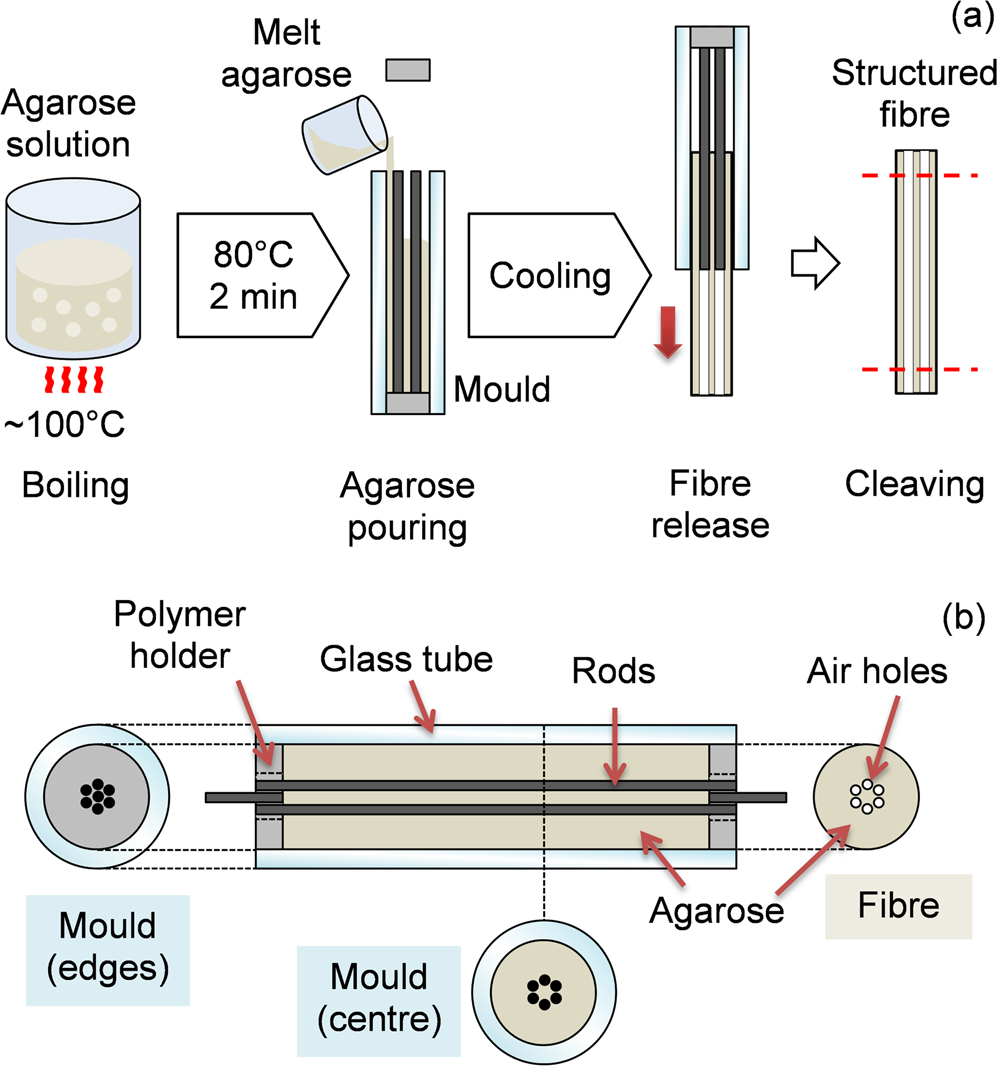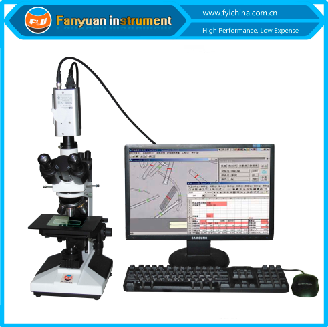Key Factors When Evaluating an Optical Fibre Diameter Analyser
Key Factors When Evaluating an Optical Fibre Diameter Analyser
Blog Article
Maximize Your Fibre Optic Efficiency: Understanding Optical Fiber Size Analyser Technology
The efficiency of fiber optic systems is critically affected by the accuracy of their diameter, an aspect frequently neglected in the pursuit of optimal signal stability. Recognizing the modern technology behind optical fibre diameter analysers discloses the complex balance in between measurement accuracy and manufacturing quality. These tools not just enhance conformity with market criteria but additionally give real-time insights that can preemptively address possible issues. The ramifications of their usage expand past plain measurement; they can fundamentally alter the landscape of fiber optic efficiency. What variables should one think about to harness their complete capacity?
Value of Optical Fiber Size
The size of optical fiber plays a crucial role in figuring out the efficiency and effectiveness of interaction systems. Alternatively, smaller sizes often tend to sustain less settings, which can improve signal clearness and reduce crosstalk.

In addition, comprehending the diameter's implications can bring about set you back savings by decreasing the need for signal amplification and repeaters in considerable networks (optical fibre diameter analyser). In verdict, the importance of optical fibre size can not be overemphasized, as it directly influences the total efficiency and integrity of contemporary interaction systems

Exactly How Diameter Impacts Signal Quality
Signal high quality in optical fiber systems pivots substantially on the size of the fiber. A smaller size can lead to greater attenuation prices, resulting in signal loss as light travels via the fibre.
Conversely, bigger sizes typically enable enhanced light capture and decreased modal diffusion, enhancing signal clearness. In multimode fibers, a bigger core diameter can sustain several light modes, however it might additionally present intermodal dispersion, which can degrade signal quality. Choosing the optimal fiber diameter is vital for attaining the desired performance in certain applications.
In addition, the interaction in between the fibre size and the wavelength of the light made use of plays an important duty in figuring out the efficient transmission range and overall signal stability. Therefore, comprehending how fibre diameter influences signal quality is crucial for network designers and designers making every effort to optimize optical fiber systems for reputable, high-speed information transmission.
Overview of Diameter Analyser Modern Technology
In many optical fiber manufacturing procedures, accurate dimension of fiber size is necessary for ensuring constant performance and top quality (optical fibre diameter analyser). Size analysers are advanced instruments developed to analyze the physical measurements of optical fibres with high precision. They use advanced optical and laser innovations to measure the size, ovality, and concentricity of the fiber, therefore supplying vital information for top quality control
These analysers can run in-line throughout the manufacturing process or as part of off-line screening methods. In-line systems make it possible for real-time surveillance, permitting makers to readjust criteria immediately, thereby keeping optimum manufacturing problems. Off-line analysers, on the various other hand, provide extensive examinations of sets, making sure that any kind of this post variances from defined resistances are recognized and attended to.
Diameter analysers dramatically add to the decrease of issues in optical fibers, improving general product dependability. By regularly measuring key parameters, these technologies facilitate conformity with sector requirements and specs. As the demand for high-performance optical fibers proceeds to increase, the role of diameter analysers comes to be significantly crucial in achieving the desired top quality and efficiency standards in fibre optic systems.
Trick Attributes of Fibre Diameter Analysers
Although numerous designs of fibre size analysers exist, they commonly share numerous crucial attributes that enhance their functionality and integrity. Among one of the most substantial attributes is high-resolution measurement capacities, which make certain exact size readings, critical for keeping quality assurance in fiber production. In addition, numerous analysers include sophisticated optical sensors developed to identify minute variations in fiber diameter, therefore providing very useful data for procedure optimization.
Another essential attribute is real-time monitoring, permitting operators to get prompt feedback on fibre size throughout the production process (optical fibre diameter analyser). This capacity facilitates fast changes and minimizes the possibility of issues. Many analysers likewise come outfitted with user-friendly interfaces, allowing operators to quickly important link navigate via setups and information outputs
Moreover, durable information storage and analysis functionalities are essential for tracking historic efficiency patterns and guaranteeing compliance with sector criteria. These functions collectively add to the effectiveness of fibre size analysers in enhancing fibre optic efficiency.
Finest Practices for Fibre Optimization
First, normal calibration of optical fiber diameter analysers is necessary. This makes sure accurate dimensions and reduces potential inconsistencies that could influence performance. Next off, preserving a clean functioning environment is essential; dirt and contaminants can lead to indicate degradation.
Furthermore, it is necessary to pick fibres that fulfill specific application requirements. This involves reviewing elements such as depletion, bandwidth, and ecological problems. Proper installment techniques must additionally be stuck to, consisting of staying clear of sharp bends and too much stress, which can compromise fibre honesty.
In addition, employing sophisticated surveillance systems can facilitate real-time performance analyses, enabling prompt recognition of issues. Routine screening and upkeep need to be performed to ensure that fibers stay within optimal operational parameters.
Last but not least, training employees on the current fibre optimization innovations and approaches will certainly boost their capability to execute effective methods. By adhering to these ideal techniques, companies can substantially enhance the efficiency and lifespan of their optical fibre systems, ensuring efficient communication and data transfer.
Conclusion
In conclusion, the assimilation of optical fibre size analyser innovation is important for taking full advantage of fibre optic efficiency. By guaranteeing precise measurements of fibre measurements, these analysers dramatically enhance signal quality and minimize losses throughout data transmission.
Signal top quality in optical fibre systems pivots substantially on the size of the fibre.In numerous optical fibre manufacturing procedures, precise dimension of fibre size is essential for making sure consistent efficiency and quality. As the demand for high-performance optical fibers proceeds to climb, the duty of size analysers ends up being significantly important in attaining the desired quality and performance requirements in fiber optic systems.
These features collectively contribute to the efficiency of fiber diameter analysers in maximizing fibre optic efficiency.
In conclusion, the combination of optical fibre diameter analyser technology is essential for maximizing fibre optic page efficiency.
Report this page